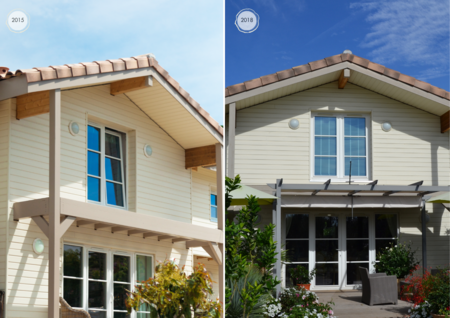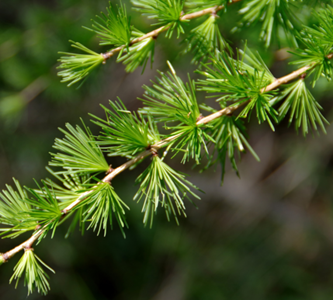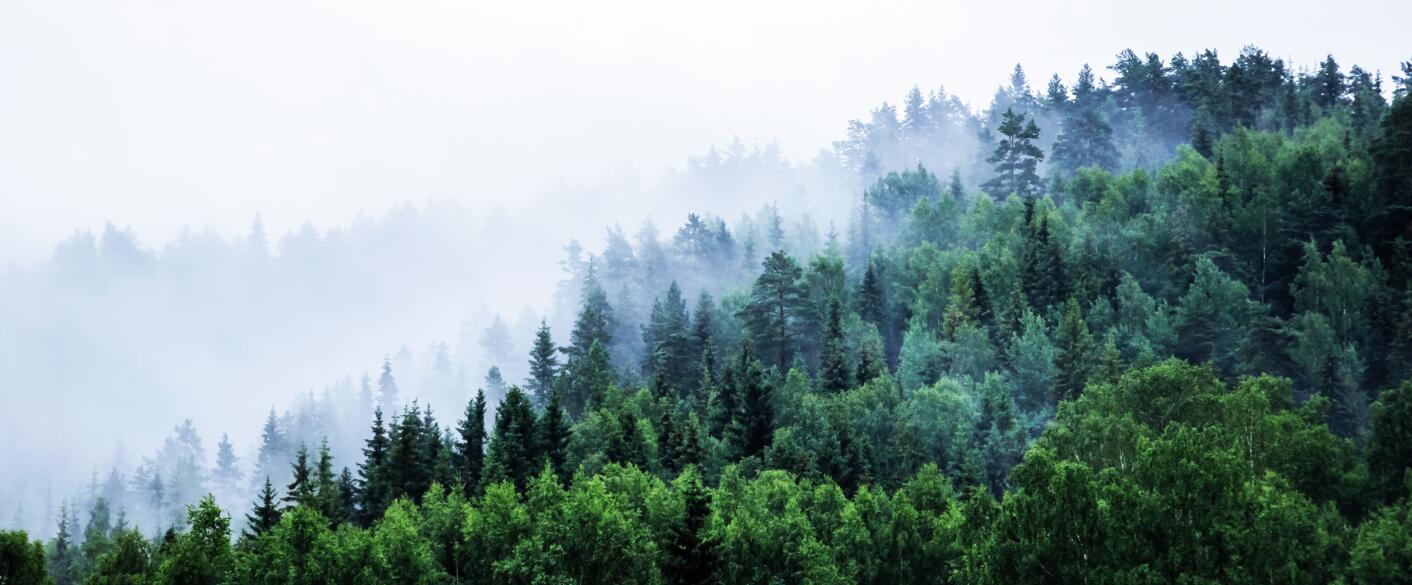Nordic spruce wood cladding is an attractive, durable, and economical solution for covering the exterior facades of houses or apartment buildings. Sourced from PEFC-certified Scandinavian forests, this softwood is distinguished by its light color, fine grain, and good dimensional stability. To ensure its longevity outdoors, it is essential to apply a preservative treatment and a suitable finish.
Key points to remember?
- Origin and essence: Nordic spruce, a Scandinavian softwood with a straight grain and small, healthy knots, offering a clear and natural appearance.
- Technical characteristics: Soft wood (~475 kg/m³), good dimensional stability, use class 3.1 after preventive treatment.
- Adaptability: Suitable for exterior cladding, interior paneling, framing, and battens; can be dried, kiln-dried, or heat-stabilized depending on use.
- Durability and maintenance: Requires preventive treatment and a finish (saturator, stain, or paint) to withstand the elements and prevent graying.
- Aesthetics and installation: Provides a natural and warm finish; can be installed vertically or horizontally depending on the desired style, with a wide range of possible finishes.











